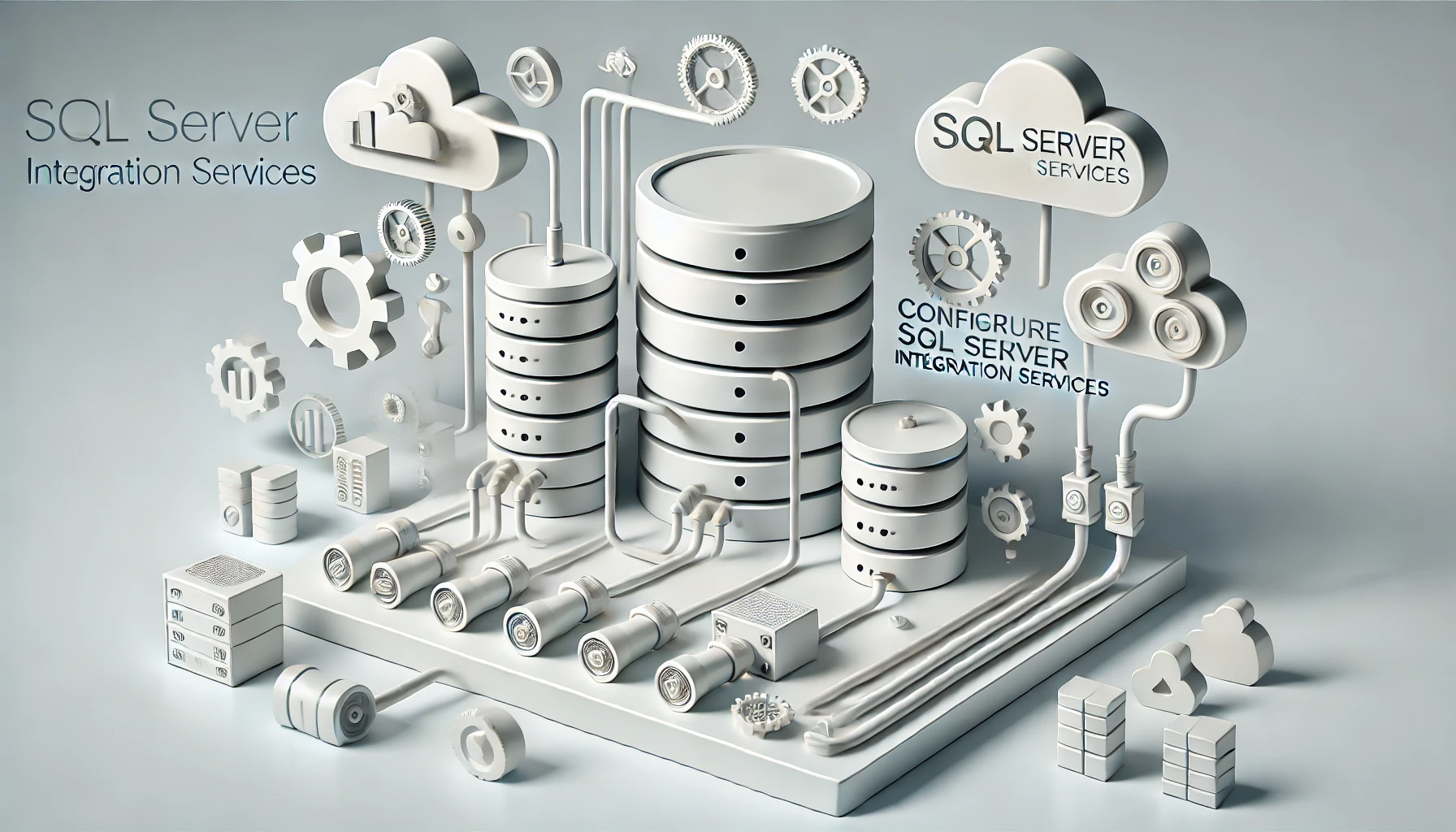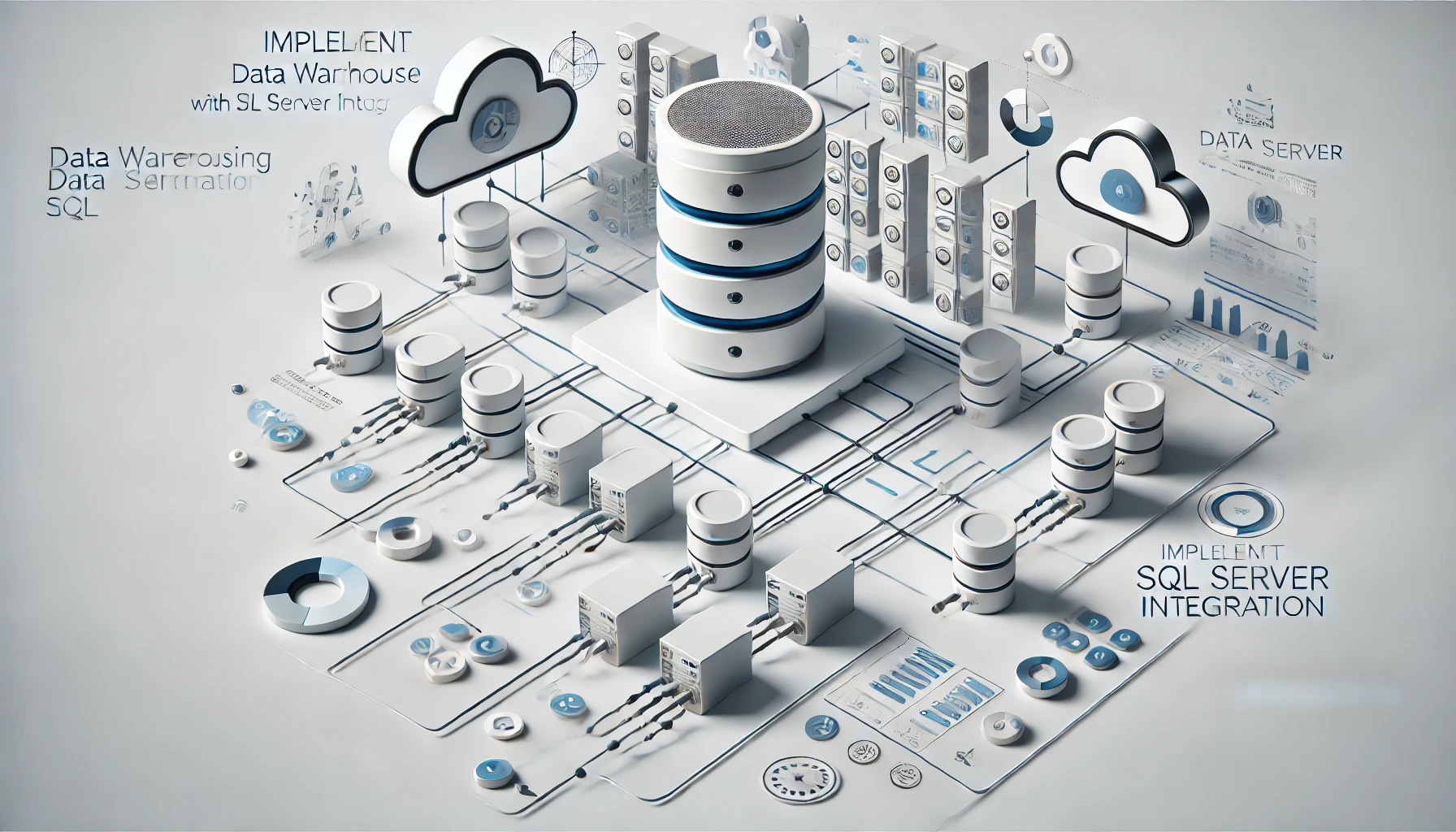Have you ever wondered about the intricacies of set up replication in SQL Server Integration? The process involves a series of crucial steps that, when executed meticulously, ensure smooth data synchronization across multiple databases. From configuring the Publisher to defining publication options and setting up subscriptions, each stage plays a vital role in establishing a robust replication framework. By following a systematic approach and understanding the nuances of each component, you can streamline data dissemination and replication within your SQL Server environment.
Determine Replication Model
When setting up replication in SQL Server Integration Services, the initial step is to determine the appropriate replication model for your specific requirements. Replication strategies encompass a range of options to synchronize data between databases. The two main replication types in SQL Server are snapshot replication and transactional replication.
Snapshot replication involves taking a point-in-time snapshot of the entire database and transferring it to the subscribers. This method is suitable for scenarios where the data changes infrequently or where a complete copy of the data is needed at the subscriber end.
On the other hand, transactional replication tracks the changes made to the publisher database and replicates these modifications to the subscribers in near real-time. This type of replication is ideal for scenarios where data changes frequently, and maintaining consistency across multiple databases is crucial.
Carefully evaluating your data requirements and business needs will help in selecting the most appropriate replication model for your SQL Server Integration Services setup.
Install SQL Server
To start the process of setting up replication in SQL Server Integration Services, the initial step is to install SQL Server on the designated server. Server installation is a crucial prerequisite for the successful configuration of replication setup. When installing SQL Server, ensure that all the necessary components and features required for replication are included in the installation. It is essential to select the appropriate edition of SQL Server that supports the replication features needed for your environment.
During the installation process, make sure to configure the server settings according to the replication requirements. Pay close attention to the instance configuration, database engine configuration, and security settings to ensure a secure and efficient replication setup. Additionally, verify that the necessary permissions are granted to the SQL Server service account to enable it to perform replication tasks seamlessly.
Once SQL Server is successfully installed and configured on the designated server, you are ready to proceed with setting up the replication components in SQL Server Integration Services.
Setup Replication Components
When setting up replication in SQL Server Integration, it’s crucial to understand the key components involved. These components include an overview of the setup, configuration steps, and essential troubleshooting tips. By comprehensively covering these points, you’ll be equipped to efficiently establish a robust replication system within your SQL Server environment.
Components Overview
An essential step in configuring replication in SQL Server Integration Services is understanding the Components Overview. Replication architecture in SQL Server involves the Publisher, Distributor, and Subscriber. The Publisher initiates the process by making data available for replication. The Distributor acts as an intermediary that stores and manages the replication process. Lastly, the Subscriber receives the replicated data from the Distributor. Replication performance is crucial for the efficiency of data synchronization between these components. Factors influencing replication performance include network bandwidth, hardware resources, the volume of data being replicated, and the type of replication being used. Understanding the Components Overview allows you to grasp how these elements interact within the replication architecture, which is essential for optimizing replication performance. By comprehensively analyzing the components involved and their roles in the replication process, you can make informed decisions to enhance the efficiency and effectiveness of your SQL Server Integration Services replication setup.
Configuration Steps
Within the realm of setting up replication in SQL Server Integration Services, the initial phase involves configuring the essential components that form the foundation of the replication system. When setting up replication, consider the following key steps:
- Replication Types: Determine the type of replication that best suits your needs, such as snapshot, transactional, or merge replication.
- Data Synchronization: Define how data synchronization will occur between the publisher and subscribers, ensuring data consistency across all instances.
- Configure Publishers and Subscribers: Set up the publishers (source databases) and subscribers (destination databases) within the replication topology.
- Establish Distribution: Establish the distribution database and agent to manage the flow of data between the publishers and subscribers efficiently.
Troubleshooting Tips
Identifying and addressing potential issues during the setup of replication components is crucial to ensuring a smooth and efficient replication system. When encountering replication errors, it is essential to investigate the root cause promptly. Common replication errors include connectivity problems, permission issues, or configuration mismatches. Verify that the necessary ports are open, permissions are correctly set, and configurations align with the intended replication type.
Maintaining data consistency is paramount in replication. Inconsistent data can lead to errors and discrepancies across systems. Monitor replication processes regularly to ensure data integrity. Utilize monitoring tools provided by SQL Server to track replication status and detect any anomalies promptly. Regularly check the replication logs for any error messages or warnings that might indicate data consistency issues.
Configure Distributor
To configure the Distributor for replication in SQL Server Integration, you will need to access the SQL Server Management Studio and navigate to the Replication folder within the Object Explorer. Once there, follow these steps:
- Distributor Configuration: Right-click on the Replication folder and select “Configure Distribution” to set up the Distributor properties.
- Performance Tuning: Adjust the Distributor properties such as the number of concurrent agents and history retention to optimize performance.
- Replication Latency: Monitor the replication latency by checking the status of the replication agents and reviewing the replication monitor.
- Monitoring: Use SQL Server tools like Replication Monitor and SQL Server Agent to keep track of the Distributor status, replication performance, and any potential issues.
Configure Publisher
Now that you have configured the distributor, it’s time to move on to setting up the publisher in SQL Server Integration. The steps for configuring the publisher include defining the publication database and setting publication properties. These actions are crucial in ensuring a smooth replication process in your SQL Server environment.
Publisher Configuration Steps
Before configuring the Publisher in SQL Server Integration for replication, ensure you have the necessary permissions and access to the Publisher database. Follow these steps to configure the Publisher efficiently:
- Access SQL Server Management Studio (SSMS):
- Open SSMS and connect to the SQL Server instance hosting the Publisher database.
- Navigate to Replication Folder:
- Expand the server, right-click on the Replication folder, and select “Configure Distribution.”
- Configure Distribution Database:
- Specify the distribution database settings, including database name, folder locations, and agent security settings.
- Enable Publisher for Replication:
- Right-click on the Local Publications folder, select “New Publication,” choose the database to publish, and configure publication options.
Defining Publication Database
When defining the Publication Database in SQL Server Integration for replication, you must establish the necessary settings to enable efficient publishing of data. To begin, determine your publication strategies, whether it be snapshot, transactional, or merge replication. Snapshot replication takes a point-in-time snapshot of the data, transactional replication replicates each transaction as it occurs, and merge replication allows updates in multiple locations.
Next, consider the database subscriptions. Subscriptions define where the replicated data will be copied. Subscriptions can be set as push subscriptions, where the Distributor pushes data to the Subscriber, or pull subscriptions, where the Subscriber pulls data from the Distributor. Choose the appropriate subscription type based on your network infrastructure and replication needs.
Setting Publication Properties
When setting up replication in SQL Server Integration, configuring the publication properties is a crucial step in defining how data will be replicated. To effectively set publication properties, follow these steps:
- Publication Options: Determine the type of publication you want to create, such as snapshot or transactional publication. Define the articles to be included and choose the appropriate synchronization settings.
- Subscription Settings: Specify the distribution databases to be used, set the snapshot folder location, and configure security settings for subscriptions.
- Publication Database: Define the database properties, including the compatibility level, snapshot publication, and retention period for the snapshot and transaction logs.
- Agent Security: Set the account under which the Snapshot Agent and Log Reader Agent will run. Ensure the account has the necessary permissions to access the publication and distribution databases.
Configure Subscriber
To set up replication in SQL Server Integration, the next crucial step is configuring the Subscriber. When configuring the Subscriber, it is essential to pay attention to subscriber permissions and security settings to ensure a smooth replication process.
Subscriber permissions play a vital role in replication. It is necessary to grant the appropriate permissions to the Subscriber to allow it to receive replicated data. These permissions should be set according to the requirements of the replication setup and the operations the Subscriber needs to perform.
In addition to subscriber permissions, configuring the security settings is crucial for maintaining the integrity of the replication process. By setting up the right security settings, you can ensure that the data being replicated is secure and only accessible to authorized users.
Frequently Asked Questions
How to Troubleshoot Replication Errors in SQL Server Integration?
When troubleshooting replication errors in SQL Server Integration, focus on error resolution. Common issues include network problems, permissions, and data inconsistencies. Verify configurations, check logs, and review permissions. Utilize SQL Server tools for diagnostics and follow documented solutions for troubleshooting.
Can Replication Be Set up Between Different Versions of SQL Server?
Setting up replication between different SQL Server versions is possible but may have limitations. Ensure cross version replication compatibility and consider data encryption for secure data transfer. It’s key to verify compatibility for seamless replication.
What Are the Best Practices for Monitoring Replication Performance?
To optimize replication performance, utilize monitoring tools like SQL Server Profiler and Performance Monitor. Track latency, errors, and throughput. Adjust distribution agent parameters, network settings, and hardware as needed. Stay proactive in addressing performance bottlenecks.
How to Handle Schema Changes in a Replicated Environment?
Handling schema changes in a replicated environment is crucial. Utilize change tracking to monitor modifications efficiently. Remember, schema evolution impacts replication performance. Stay vigilant and employ best practices to maintain data integrity and synchronization across your environment.
Is It Possible to Replicate Encrypted Data in SQL Server Integration?
Yes, you can replicate encrypted data in SQL Server Integration. Encryption challenges may arise, but with proper key management and configuration, you can address data security concerns effectively. Ensure encryption keys are synchronized across all replicated instances.


